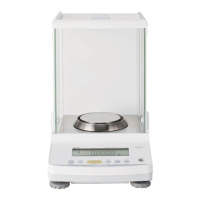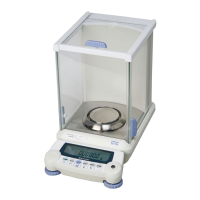321-78001D
Sep. 2016
SHIMADZU MIDDLE EAST & AFRICA FZE UAE HEAD OFFICE
Warehouse No. RA08UC02, Jebel Ali, Dubai, P.O. Box 262081 United
Arab Emirates
Phone: 971(4)883-6668 Fax: 971(4)883-6808
Kosuyolu Mah., Salih Omurtak Cad., No:57
34718, Kadikoy Istanbul, Turkey
Phone: 90(216)545-8940 Fax: 90(216)545-8941
79 Science Park Drive #02-01/08, Cintech IV Singapore Sceince
Park 1 Singapore 118264
Phone: (65)6778-6280 Fax: (65)6779-2935
SHIMADZU MIDDLE EAST & AFRICA FZE ISTANBUL BRANCH
Unit F, 10-16 South Street Rydalmere N.S.W. 2116
Phone: 61(2)9684-4200 Fax: 61(2)9684-4055
Phone: 55(11)2134-1688 Fax: 55(11)3611-1635
SHIMADZU SCIENTIFIC INSTRUMENTS (OCEANIA) PTY. LTD.
SHIMADZU(CHINA)Co.,LTD. PUXI BRANCH
ATY324・ATY224・ATY124・ATY64
ATX324・ATX224・ATX124・ATX84





